Improving Energy Efficiency While Reducing Pollution
- By Gaurav Nandi
- February 27, 2025
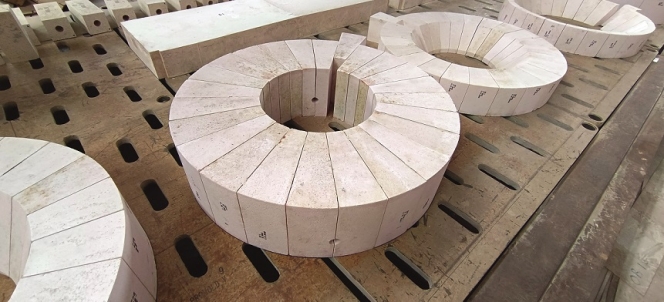
Saint-Gobain plays a pivotal role in the carbon black industry by supplying high-performance refractories that enhance energy efficiency and thereby reduce pollution in the production process. The innovative solutions contribute to more sustainable carbon black manufacturing by improving yield and extending the lifespan of reactors while the company’s efforts to use cleaner energy sources as a consequence of its commitment to carbon neutrality strengthens its sustainability efforts.
Refractories play a crucial role in the production of carbon black, particularly in the reactors where the carbon black is produced. Carbon black is typically made by thermal decomposition of hydrocarbons called cracking in a high-temperature, oxygen-limited environment.
Refractories are heat-resistant materials used to line the reactors and other high-temperature vessels to withstand the extreme conditions involved in the carbon black production process. Their main functions include withstanding high-temperature erosion and chemical attack, thermal insulation, protecting equipment, controlling gas flow and distribution etc.
While there are many players that supply refractories to India’s carbon black industry, Saint-Gobain has been an innovative player that enhances energy efficiency. Speaking to Tyre Trends on the sidelines of the 15th Asia-Pacific Carbon Black Conference, Business Development Manager Shailesh Doshi mentioned, “The production process in the carbon black industry is inherently polluting. However, refractories play a crucial role in mitigating this impact by enhancing both yield and energy efficiency. By providing thermally efficient refractories, Saint-Gobain helps increase the yield of the process, thereby boosting overall energy efficiency and reducing the carbon footprint.”
For instance, if a reactor operates at 1,850 degrees Celsius, raising the temperature to 2,200 degrees Celsius can improve the yield by 4-5 percent. This not only improves energy efficiency but also contributes to a more sustainable process with a reduced carbon footprint.
Saint-Gobain supplies specialised refractories to the carbon black industry. “Refractories are essentially high-temperature, ceramic materials that line furnaces and other thermal vessels, designed to withstand extreme conditions inside these reactors. In the carbon black industry, there are two types of reactors, namely tread reactors and carcass reactors. As the names suggest, the carbon black produced in tread reactors is used for tyre treads, providing wear resistance, while the carbon black from carcass reactors is used in the tyres inner structure called carcass, contributing to strength,” informed Doshi.
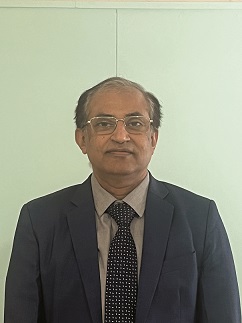 “The refractories used in the reactors must endure not only high heat but also erosion, turbulence and chemical and thermal attacks. We provide high-purity refractories specifically designed for these aggressive conditions. Our refractories are critical for the key zones of the combustor, choke, venturi, post choke and other areas within the reactor. We work with leading players in the carbon black industry, having collaborated on the development of many products over the past four to five decades. Our close association with these industry leaders has helped evolve refractories for the carbon black manufacturing process ensuring our refractories meet the ever-evolving demands of this high-temperature, high-performance environment,” added the executive.
“The refractories used in the reactors must endure not only high heat but also erosion, turbulence and chemical and thermal attacks. We provide high-purity refractories specifically designed for these aggressive conditions. Our refractories are critical for the key zones of the combustor, choke, venturi, post choke and other areas within the reactor. We work with leading players in the carbon black industry, having collaborated on the development of many products over the past four to five decades. Our close association with these industry leaders has helped evolve refractories for the carbon black manufacturing process ensuring our refractories meet the ever-evolving demands of this high-temperature, high-performance environment,” added the executive.
IMPROVING EFFICIENCY
The executive mentioned that Saint-Gobain manufactures refractories from high-performance materials designed to withstand extreme temperatures. “For alumina refractories, we primarily use aluminium oxide, which is sintered to form a dense, durable structure. For zirconia refractories, we use fused zirconia grains, which has exceptional thermal stability. These materials are chosen for their inherent ability to withstand temperatures as high as 1,850 degrees Celsius, with zirconia refractories capable of handling even higher temperatures,” explained the executive.
He noted that the key to the effectiveness of these materials at such high temperatures lies in their unique properties. Aluminium oxide and zirconia both have excellent resistance to thermal shock, erosion and chemical attack, making them ideal for the harsh conditions inside carbon black reactors.
Alluding to how these refractories help in energy efficiency within the reactors, he said, “In terms of energy savings, we see improvements in yield when operating at higher temperatures. This increase in yield is directly linked to better energy efficiency. Additionally, by using high-quality refractories with longer lifespans, we reduce the need for reactor shutdowns. The energy loss during shutdowns and restarts can be significant, so a longer refractory life translates to less downtime and more consistent energy use. This, in turn, not only boosts energy efficiency but also helps reduce overall pollution from the carbon black production process.”
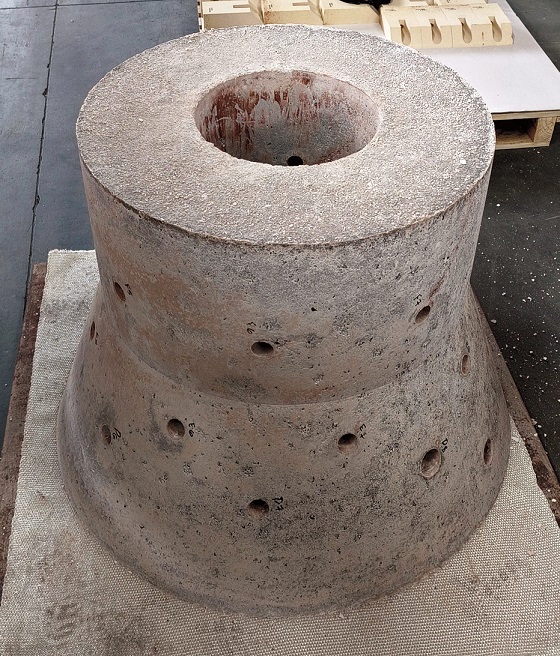
Alluding to how the company holds a competitive edge, he said, “Our focus remains on purity and quality control. As the temperature and chemical demands of the process increase, impurities in refractory materials can significantly affect performance. We rigorously control the purity of our raw materials to ensure that our refractories deliver superior performance, longevity and energy efficiency.”
ENSURING SUSTAINABILITY
Saint-Gobain is advancing sustainability in the carbon black production process through two primary channels, including enhancing customer processes and improving the environmental footprint of our own operations.
“For our customers, we focus on increasing yield and energy efficiency, which directly reduces carbon emissions. We also contribute to sustainability through our own manufacturing processes. Energy consumption is a significant factor in refractory production and we are transitioning to cleaner energy sources. Our plants no longer rely on oil-based fuels or polluting energy sources like petcoke; instead, we use natural gas and are increasingly shifting toward electricity,” said the official.
He added, “However, given the high temperatures required for refractory production, we continue to rely on the cleanest available fuels such as natural gas and LPG. Furthermore, as a group, we are actively working on improving our scope 3 carbon emissions by sourcing cleaner energy including renewable sources.”
In terms of innovation, Saint-Gobain has been leading efforts to enhance refractory performance for the carbon black industry. “Six to seven years ago, we introduced refractories capable of withstanding higher temperatures, helping customers boost reactor temperatures. Another key innovation is the development of large, single-piece refractories for complex zones like choke and venturi, which simplify installation and significantly reduce downtime. Traditional refractory bricks require more complex installation, but our solution streamlines this process enabling faster and more efficient reactor restarts,” added Doshi.
Saint-Gobain operates across a wide range of markets with a strong presence in carbon black, Petrochemical, metallurgy, ceramics, glass, plasterboard (Gyproc), construction chemicals, ceramics, refractories and abrasives.
Trelleborg Tires Retains Crown As Brazil's Best Agriculture Tyre
- By TT News
- December 07, 2025

For the second consecutive year, Trelleborg Tires has earned the prestigious title of Best Agriculture Tyre at the 22nd Visão Agro Brazil Awards. This 2025 accolade, presented during a ceremony in Ribeirão Preto, highlights the company’s dedicated role in advancing Brazilian agribusiness through technological leadership and a commitment to sustainable practices. The award was received on behalf of the company by Fábio Metidieri, Agri Sales Director for Yokohama TWS Brasil.
Central to this achievement is Trelleborg’s ongoing innovation, particularly the expansion of its ProgressiveTraction technology within the TM tyre series. This engineering, featured in models from the row-crop TM600 to the high-horsepower TM1000, utilises a dual-edge lug design. The tread operates progressively on the soil to enhance traction, promote self-cleaning and minimise vibration. The resulting benefits include improved operational efficiency, increased tyre durability and superior soil protection, directly supporting farmers’ goals for greater productivity and environmental stewardship.
The company’s deep roots in Brazil, supported by a specialised local team, rigorous field testing and strong manufacturer partnerships, ensure its solutions are finely tuned to regional demands. This local infrastructure allows for responsive technical service and keeps product development closely connected to the practical challenges faced by the agricultural sector. The Visão Agro Brazil Awards, judged by a panel of industry executives and researchers, serve as a recognised benchmark for innovation and performance, making this recognition a significant testament to Trelleborg Tires’ impact on the country’s farming landscape.
Metidieri said, “Receiving this award at such a prestigious event once again reinforces our commitment to Brazilian agriculture. Our goal is to keep advancing in technology and field performance, ensuring that every Trelleborg tyre delivers real value – helping farmers operate more efficiently, sustainably and profitably. This award reflects the trust placed in our team and our products by professionals throughout the sector. It strengthens our commitment to delivering technologies that address local challenges and help shape the future of Brazilian farming.”
Premium Makeover
- By Sharad Matade
- December 05, 2025
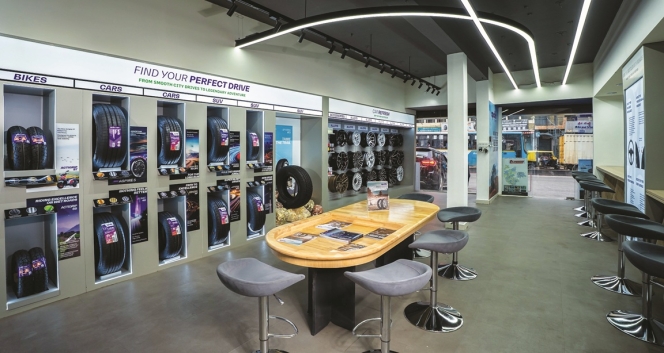
India’s tyre retail industry is undergoing a dramatic makeover, moving far beyond the cluttered workshops and transactional buying of the past. Fuelled by rising demand for premium vehicles, digital-first customers and stronger export momentum, tyre makers are transforming retail spaces into sleek, immersive experience centres. What was once a routine utility purchase is rapidly evolving into a premium, advisory-led mobility experience designed for a new generation of motorists.
India’s tyre retail scene is shifting gears, leaving behind the era of crowded workshops and impersonal counters. In their place, manufacturers are rolling out sleek, thoughtfully designed, tech-powered spaces that echo the luxury of high-end car showrooms. What started as a few bold pilots in big cities has quickly become the go-to playbook for tyre brands eager to win over a new generation of savvy, comfort-loving, digital-first customers.
From urban to rural areas, this transformation reveals a profound change in how Indians approach mobility. Today’s motorists – especially those behind the wheel of SUVs, luxury sedans and electric cars – want more than just a tyre swap. They crave expert advice, a polished atmosphere and a shopping experience that reflects the elegance of their vehicles. Once a utilitarian afterthought, tyre retail is now emerging as a coveted part of the automotive journey.
Strong OEMs and replacement demand in both domestic and export markets underpin the transition.
In FY 24-25, tyre exports from India surged by nine percent year-on-year to INR 251 billion, according to data released by the Ministry of Commerce. With an estimated annual turnover of INR 1 trillion and exports exceeding INR 250 billion, the Indian tyre industry stands out as one of the few manufacturing sectors in the country with a high export-to-turnover ratio.
Though tyre exports have hit a speed bump due to higher US tariffs on select categories of Indian tyres compared to those of competing nations, the long-term prospects for the Indian tyre industry remain strong. According to a joint report by ATMA and PwC India titled ‘Viksit Bharat 2047: Vision and Roadmap for the Indian Tyre Industry’, India’s tyre production volumes are projected to grow nearly fourfold by 2047, while industry revenues are expected to expand almost 12 times to about INR 13 trillion.
Against this backdrop, tyre makers are modernising aggressively to retain customers and build a more profound emotional affinity. The broad shift is visible in how retailers are reinventing their spaces. Lounges with crafted lighting, upholstered seating, minimalist décor and large digital walls are replacing traditional steel racks and dusty counters. Informational murals and heritage display trace decades of tyre innovation, strengthening brand storytelling. Stores increasingly feature curated experience zones where customers can explore tyre technologies, EV-compatible profiles, eco-friendly materials and performance characteristics through visual displays and interactive tools.
A clear sign of this trend is the rise of personalised, advisory-led engagement, replacing the old dependence on technicians. Retailers now profile driving habits, terrain usage, daily distance and vehicle type to recommend tyres customised to each consumer’s pattern. This service-led model is shifting the customer’s mindset from price-first decision-making to long-term value evaluation.
The new premium outlets are designed to deliver a lifestyle-driven, hospitality-grade experience rather than a traditional tyre shop visit. Customers receive personalised mobility recommendations tailored to their vehicle, driving style and needs, supported by smart service innovations like intelligent product selection, quick-fit services and digital scheduling. The space also acts as a community hub for driving enthusiasts, creating a connected ecosystem around the brand. With lounge-style comfort, immersive storytelling and specialised tyre and service packages for luxury and performance vehicles, the outlet blends convenience, premium care and brand-centric offerings into an elevated customer experience.
“Customer experience at the point of sale is another branding exercise poised to change buyer characteristics. Multi-brand outlets often commoditise the tyre-buying experience. That’s why companies are launching exclusive brand outlets with curated customer experiences. Over the next decade, new delivery models will emerge,” said Kavan Mukhtyar, Partner and Leader – Automotive, PwC India.
Apollo Tyres articulates this change as a move towards lifestyle-led retailing. Its new super-premium outlets have been built not as showrooms but as emotionally resonant spaces.
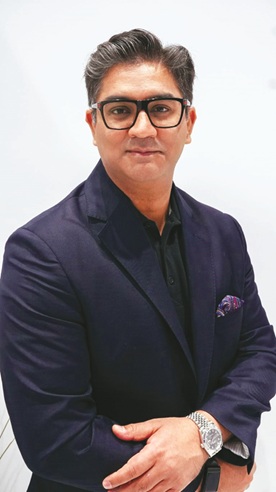
Udyan Ghai, Group Head of Marketing at Apollo Tyres, explained that the company’s new retail architecture is anchored in long-term strategic priorities: “Our move to a lifestyle-led, immersive tyre retail format is driven by our own desire for premiumisation and category leadership. We are looking at elevating tyre retail in India by setting new benchmarks and shifting from commodity selling to a premium, lifestyle-driven experience.”
He said the brand aims to ‘emotionally engage with customers, offer tailored solutions, build a community of driving enthusiasts and tap into premium segments – all while delivering a differentiated, modern retail experience’.
Ghai believes retail ambience plays a decisive role in influencing perception. “A relaxed and well-designed lounge signals comfort, trust and premium value,” he said, adding that such environments elevate tyres from a mundane requirement to a core element of vehicle care and identity.
Digital transparency, he believes, is the second pillar of modern tyre retail. “Digital systems ensure transparency and help demystify tyre selection – tread patterns, speed ratings, durability and fitment. Consumers feel less dependent on a technician’s word and more in control, which boosts their confidence and perceived fairness,” Ghai said.
Customers today are inundated with choices, and digital systems, he said, turn tyre buying into an ‘informed, personalised decision’, comparable to selecting a smartphone, a pair of performance shoes or even a detailed insurance plan. According to Ghai, this new retail model is ‘a strategic investment in the future of mobility retail’, designed to be scalable and to support community-building events, workshops and enthusiast interactions. As India moves towards EVs and connected cars, he said these premium outlets will provide EV-focused tyre expertise, interactive digital tools and personalised recommendations that appeal to younger, digitally savvy motorists.
CEAT shares a similar philosophy. Its national retail revamp focuses heavily on digital immersion, consistent messaging and design-led layouts. Lakshminarayanan B, the company’s Chief Marketing Officer, said the modernised CEAT Shoppes are fundamentally reshaping the category.
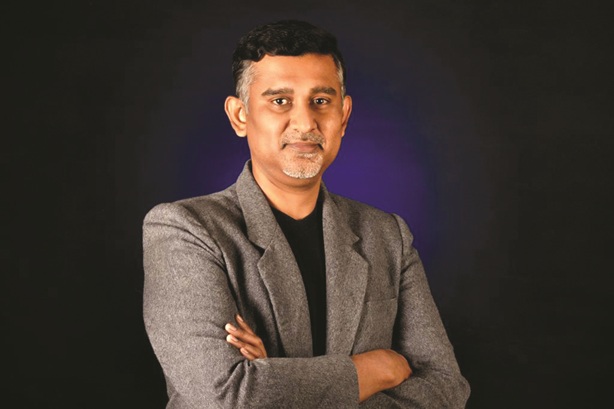
“The modern layouts and digital integration in CEAT Shoppes are revolutionising the tyre-buying experience, making it more experiential and customer-centric,” he said, adding that these updated outlets elevate the experience, build trust through uniform communication and drive decisions by reducing ambiguity around features and value.
Lakshminarayanan highlighted CEAT’s attempt to harmonise customer experience across demographics: “The approach in urban markets through premium stores, product offerings and services is to create access and aspiration for premium customers. The same is replicated in upcountry markets also.”
The CEAT Executive said the company is building for a future where personalisation will be the defining characteristic of tyre retail. “CEAT is focused to drive the future of tyre retail through end-to-end personalisation,” he said.
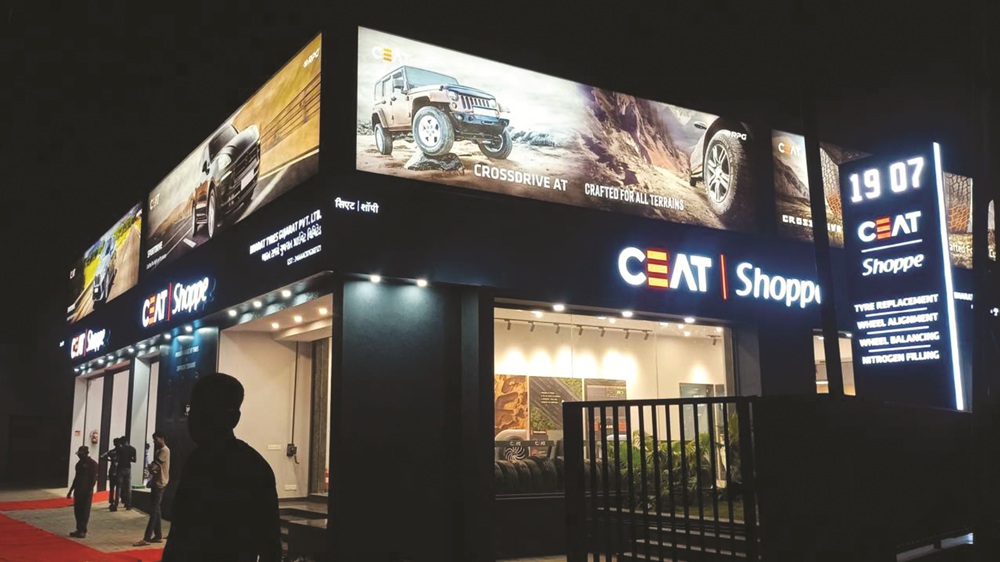
As experiential retail takes hold, service portfolios inside tyre stores are expanding faster than ever. Advanced wheel balancing, laser-driven alignment systems, nitrogen inflation, premium alloy wheel installations, EV-oriented tyre consultations, digital appointment scheduling and real-time tyre-health diagnostics are now standard. Many outlets also provide car detailing, interior cleaning, ceramic coating, PPF application, brake checks, battery inspections and multi-point vehicle health reports, making them full-fledged mobility centres.
Global players have pushed the envelope even further. Michelin’s 25,000-square-foot Experience Store in Nashik features a heritage wall and innovation displays showcasing electric mobility, materials science and environmental responsibility. It houses precision wheel-alignment bays, detailing studios, and accessory galleries. “We are proud to unveil Michelin’s first Experience Centre in India. The sole purpose of this store is to go beyond traditional tyre retail and provide customers with an immersive experience of the brand,” said Shantanu Deshpande, Managing Director of Michelin India.
Continental Tyres is also strengthening India’s premium retail ecosystem through its CPD outlets, which include ambient lounges, diagnostic equipment, premium alloy wheels and digitally enabled guidance. “With our new CPD store in Indore, we bring Continental’s promise of safety, innovation and comfort closer to Madhya Pradesh’s clients,” said Samir Gupta, Managing Director of Continental Tyres India. He added that the brand’s ‘In the Market, For the Market’ approach is central to its retail expansion strategy.
Even in rural markets, tyre retail is becoming more formalised, structured and service-oriented. JK Tyre’s ‘Steel Wheels’ format is targeted at towns with populations under 100,000 and offers standardised layouts, value-added services, best-in-market pricing and instant claim facilities. “Our Rural expansion programme will help us reach the interiors of the real Bharat that is economically vibrant but often underserved. We are not just building retail points; we are also enabling entrepreneurship and access,” said Managing Director Anshuman Singhania.
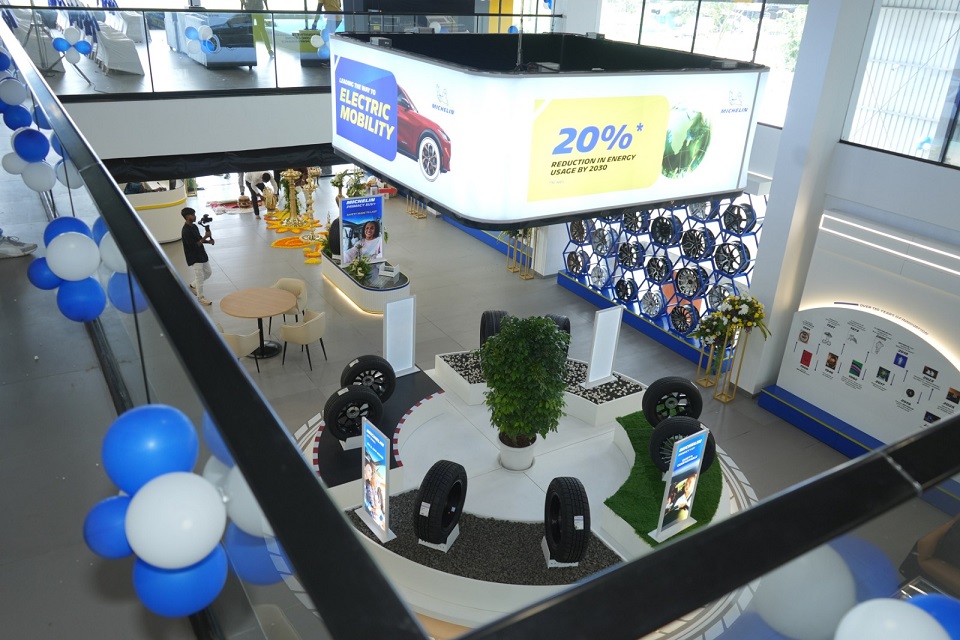 Together, these developments mark a decisive shift in how tyre brands engage customers. Tyre stores are increasingly functioning as lifestyle environments, designed for comfort, informed decision-making, personalisation, transparency and community. The industry is moving away from a product-first mindset to a customer-experience-led philosophy.
Together, these developments mark a decisive shift in how tyre brands engage customers. Tyre stores are increasingly functioning as lifestyle environments, designed for comfort, informed decision-making, personalisation, transparency and community. The industry is moving away from a product-first mindset to a customer-experience-led philosophy.
As premium cars, SUVs and EVs become mainstream, and as younger motorists prioritise digital empowerment and ambience, tyre retailers are aligning with these new expectations. India’s tyre makers are building a retail landscape where experiential engagement, technology integration, service breadth and emotional connection define long-term brand success.
For an industry long anchored in grease, metal and functionality, the transformation is profound. Tyre retail in India is no longer just about fitment; it is becoming a premium mobility experience, curated for a generation that demands clarity, comfort and an elevated relationship with every aspect of vehicle ownership.
Kumho Tire To Build First European Plant In Poland With $587mln Investment
- By TT News
- December 05, 2025
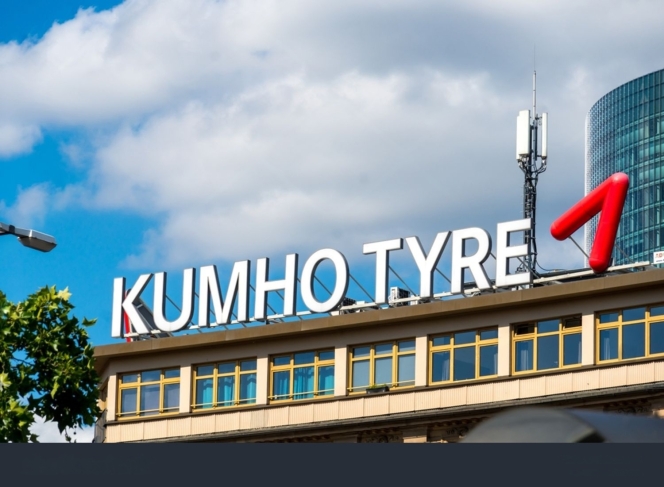
Kumho Tire will establish its first European manufacturing plant in Poland’s Opole region as the South Korean company seeks to expand its position in one of the world’s largest tyre markets.
The group said the factory is scheduled to begin initial operations in August 2028, subject to investment approval and licensing. Kumho plans to produce 6m units annually in the first phase and expand capacity in line with demand. Total planned investment is USD 587 million.
Kumho has spent recent years evaluating multiple European locations, including Poland, based on logistics, labour availability, infrastructure, market access and investment incentives. The company said Opole was selected as the optimal site owing to supply-chain stability within the EU and the region’s supportive operating conditions.
Europe accounts for about a quarter of global tyre consumption and is home to several major automotive manufacturers. The region represented roughly 26.6 per cent of Kumho’s sales last year. The company has previously relied on exports to serve European customers, which it said limited its competitiveness in the market.
The new plant is intended to strengthen Kumho’s ability to supply high-value-added products, including high-performance and larger-diameter tyres, to European vehicle makers.
Kumho currently operates eight production sites across South Korea, China, the US and Vietnam, with combined annual output of 65 millionunits. The Polish plant will complete what the company describes as a production network spanning Asia, Europe and North America.
Jung Il-taek, Kumho Tire’s Chief Executive, said: “The European market occupies a very important strategic position in the global tire industry,” adding that “Kumho Tire will go beyond simple exports and dramatically enhance premium brand value by strengthening quality and service competitiveness through local European production and supply.”
Tyre Stewardship Australia Appoints David Fraser As Chair As David Spear Steps Down
- By TT News
- December 04, 2025
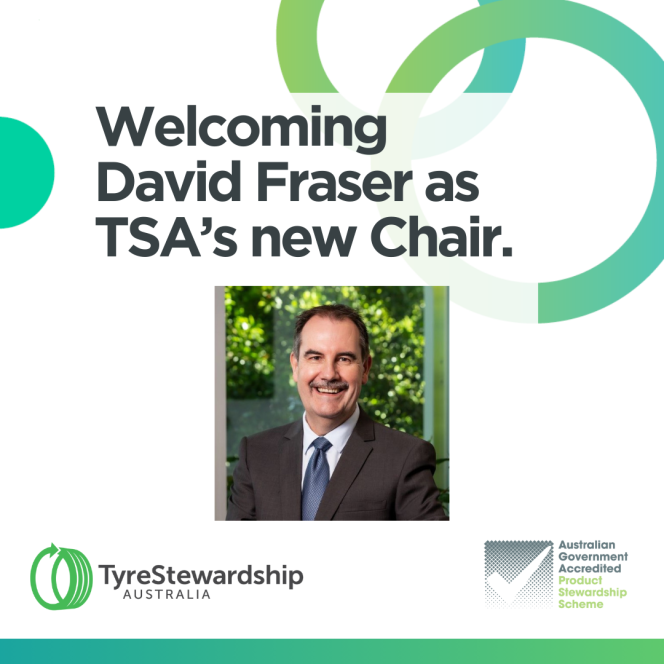
Tyre Stewardship Australia has appointed David Fraser as its new chair, succeeding David Spear after nine years in the role during a period of regulatory and industry change in the country’s tyre-recycling sector.
Spear’s departure closes what the organisation described as a challenging yet incredibly important chapter for its efforts to advance circular outcomes for Australia’s end-of-life tyres. TSA, an industry body backed by government and sector participants, oversees the national stewardship scheme and promotes recycling and re-use pathways for waste tyres, an area facing increasing scrutiny under Australia’s environmental and product-stewardship policies.
In a statement, TSA said it “thank[s] him for his unwavering support and dedication to driving circular outcomes for Australia’s end-of-life tyres”.
Fraser, a TSA director since 2023, brings experience in governance and compliance. He joins at a time when Australian states are tightening environmental standards and seeking to reduce landfill through higher recycling targets. TSA said Fraser has “deep understanding of our strategy, our challenges and the opportunities ahead”.
The organisation added: “We look forward to his leadership as TSA enters its next chapter.”
TSA also expressed appreciation to Spear “for your contribution and support of our mission”, and welcomed Fraser, saying it is “excited and ready for what lies ahead”.







Comments (0)
ADD COMMENT